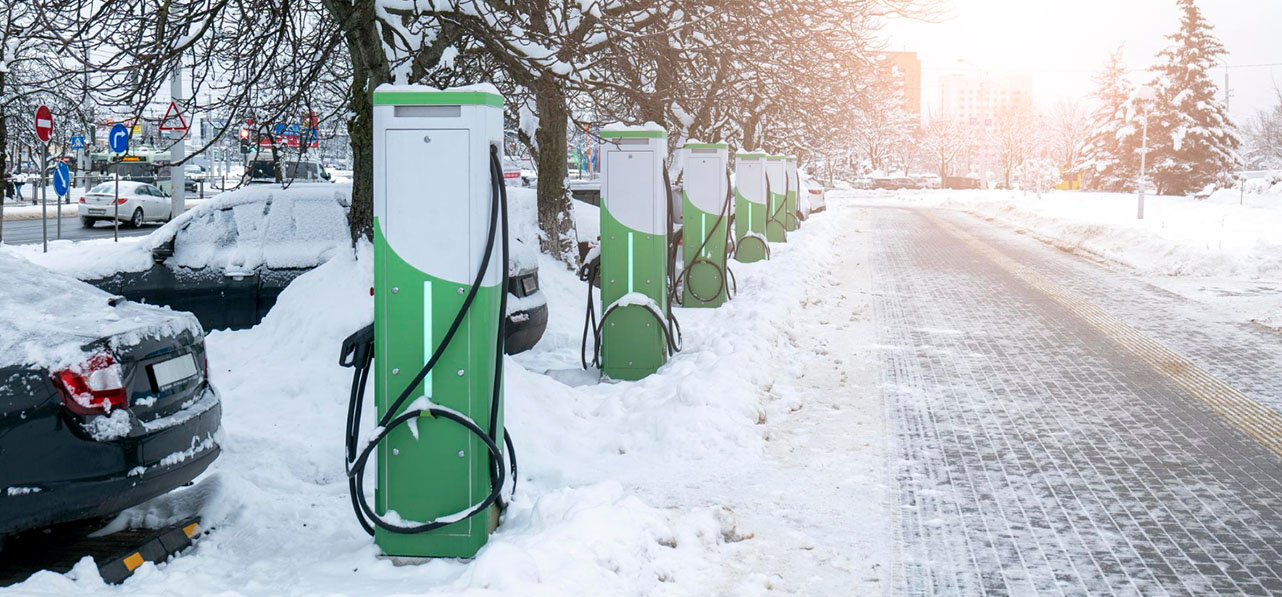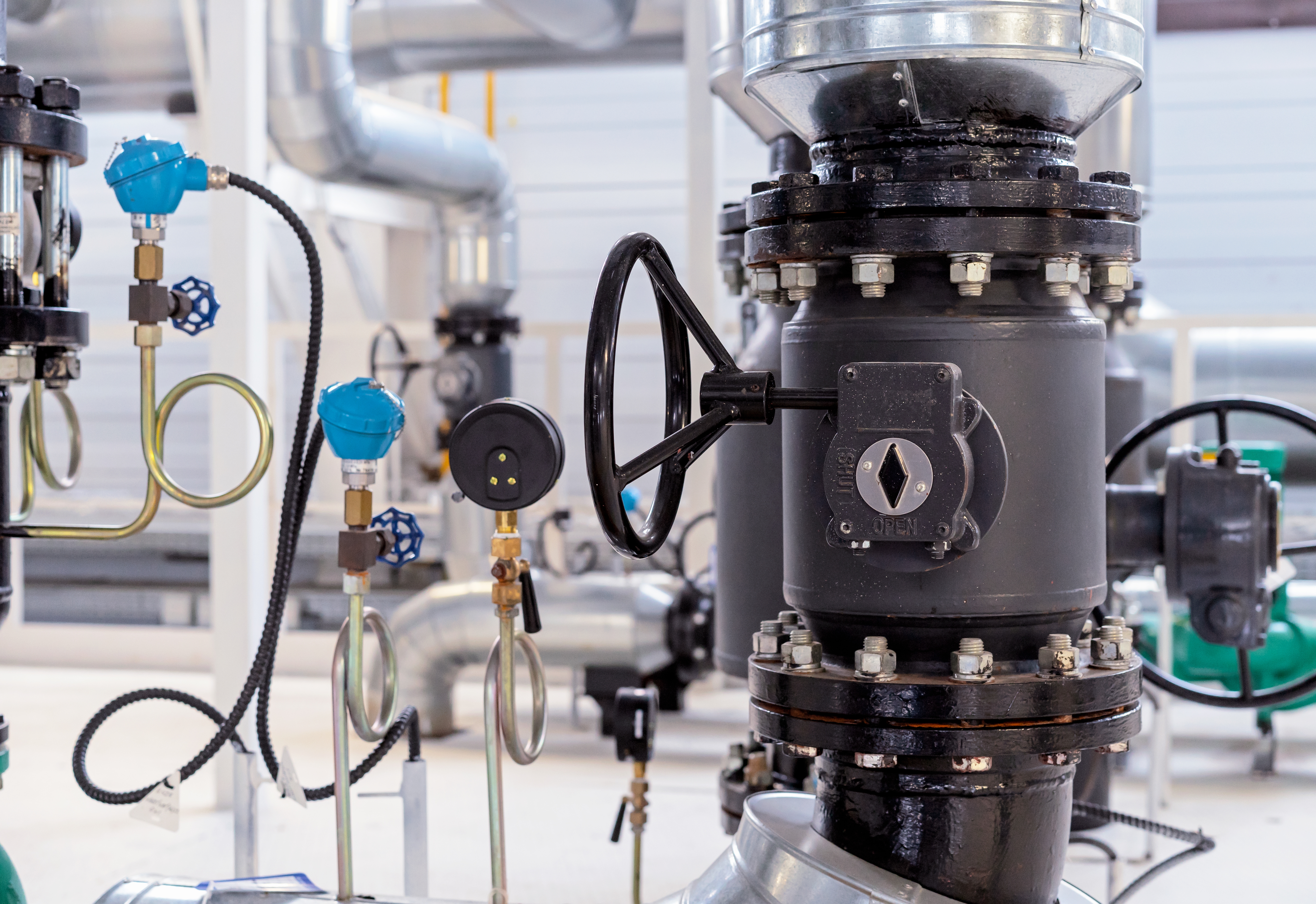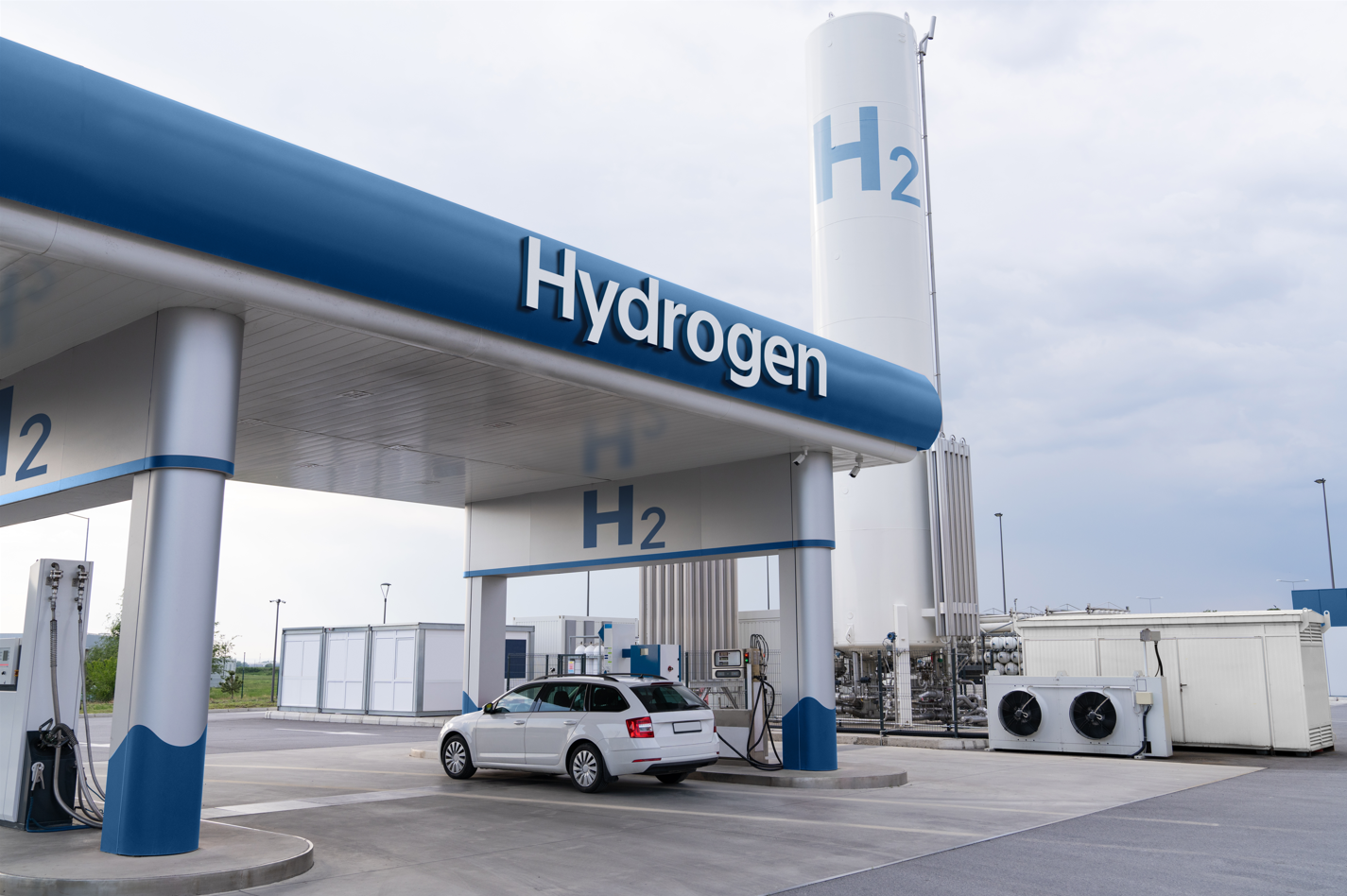Featured Articles
2022-05-16
The overwhelming superiority of new energy vehicles Ⅲ
 It took more time to charge at low temperature.
It took more time to charge at low temperature.As the name suggests, the power source of the lithium electric vehicle comes from the charging energy of the lithium battery, so the characteristics of the lithium battery almost determine the operating temperature range that can be tolerated, and even the endurance. Batteries use chemical changes to charge and discharge, but temperature affects the rate and efficiency of chemical reactions inside the battery. Just as fuel vehicle, lithium electric vehicles often run in drastic changing environments, and temperature can easily become a headache.
The anode of a lithium battery is made of a lattice-like structure material such as graphite. When charging, lithium ions need current to move from the cathode to the anode and are stored in this grid-like structure, often called intercalation. However, at low temperature, this process will cause the ions to move slower, and some of the ions will accumulate on the surface of the anode to form a metal coating, thereby increasing the internal resistance of the battery and permanently reducing the capacity. In addition, the low temperature will also cause the electrolyte to become thicker and increase the internal impedance, resulting in a decrease in the usable capacity and discharge rate. Conversely, high temperature can cause problems. When the lithium battery is charged and discharged for the first time, a small amount of polar aprotic solvent in the electrolyte will undergo a reduction reaction after part of the electrons pass through, and combine with lithium ions to form an interface layer with a thickness of about 100-120nm called a solid electrolyte. Under the condition of high temperature, the composition of this interface layer will be affected, resulting in excessive consumption of active lithium; or generating inert compounds, preventing the free flow of ions. Therefore, whether it is low temperature or high temperature, these two effects will increase the internal impedance of the battery and reduce its available power, which is simply the killer of lithium battery operation and life.
Another negative effect of low temperature on lithium electric vehicles is that the charging time is prolonged. As early as the summer of 2018, research conducted by the Idaho National Laboratory in the United States showed that when the temperature drops, it affects the electrochemical reaction within the battery, and the battery management system will limit the charging speed to avoid damage to the battery, making the charging time longer. According to its tests, when the temperature drops, the charging time will be greatly extended. Using DC fast charging, at 25 degrees C, it can be charged to 80% in 30 minutes; but at about zero degrees C, the same charge time for 30 minutes will only charge 44% of the battery.
References
- R ECURRENT, How Temperature Affects EV Range, https://www.recurrentauto.com/research/how-temperature-affects-ev-range
- Hyundai News Release, 2021-12-22, Six-hour drive at an altitude of 2,220 metres on a single charge: Hyundai NEXO sets Endurance Record on icy circuit
- Idaho National Lab, News Release, 2018-07-31, EV CHARGING IN COLD TEMPERATURES COULD POSE CHALLENGES FOR DRIVERS
- FuelCellWorks, 2020-12-4, New Mirai Hydrogen Fuel Electronic Vehicle, Under the Skin
- Taiwan Research Highlight, 2021-11-17, Use Hydrogen Fuel Cells to Achieve the Energy Recycle and Promote the Realization of Our Net-Zero Emissions



